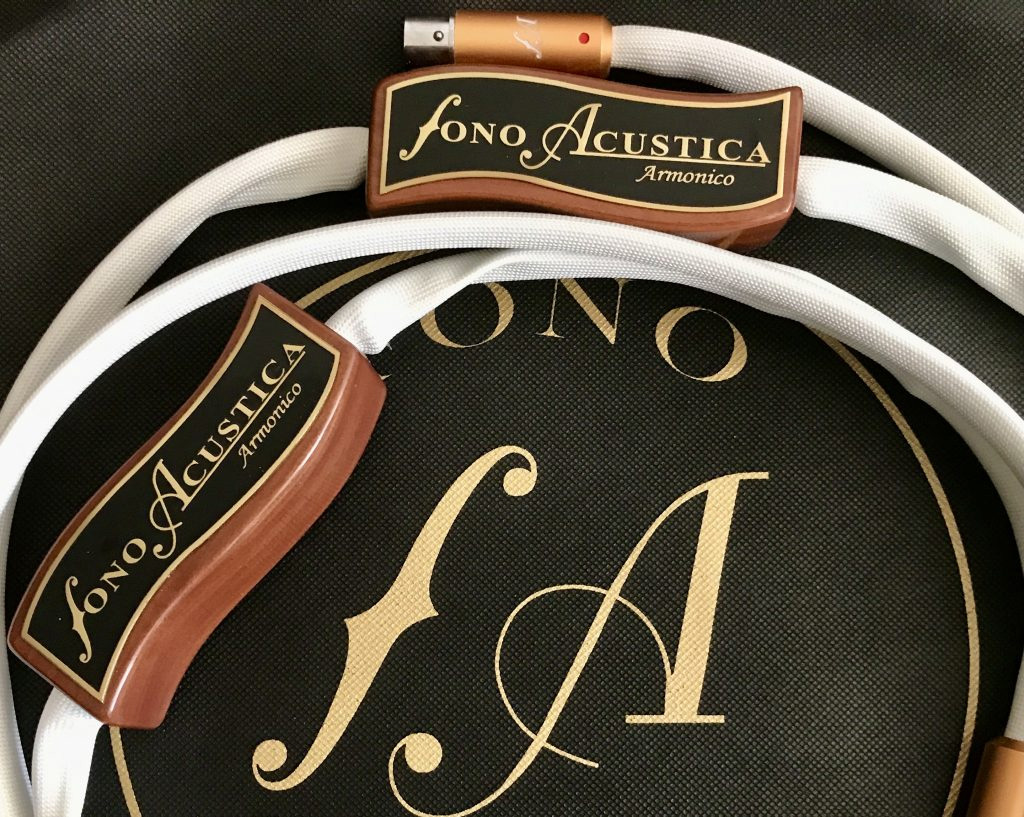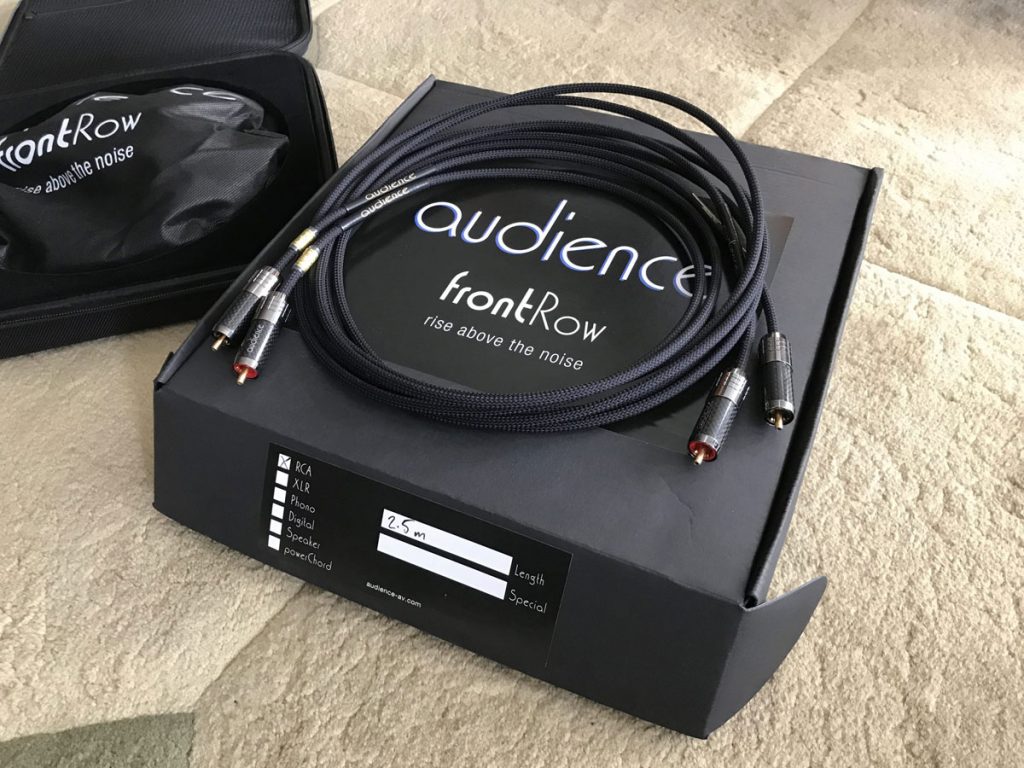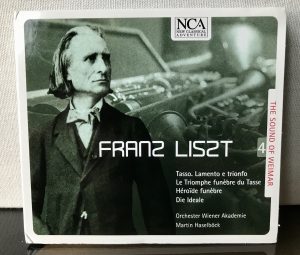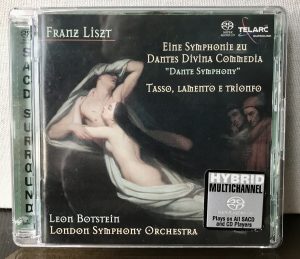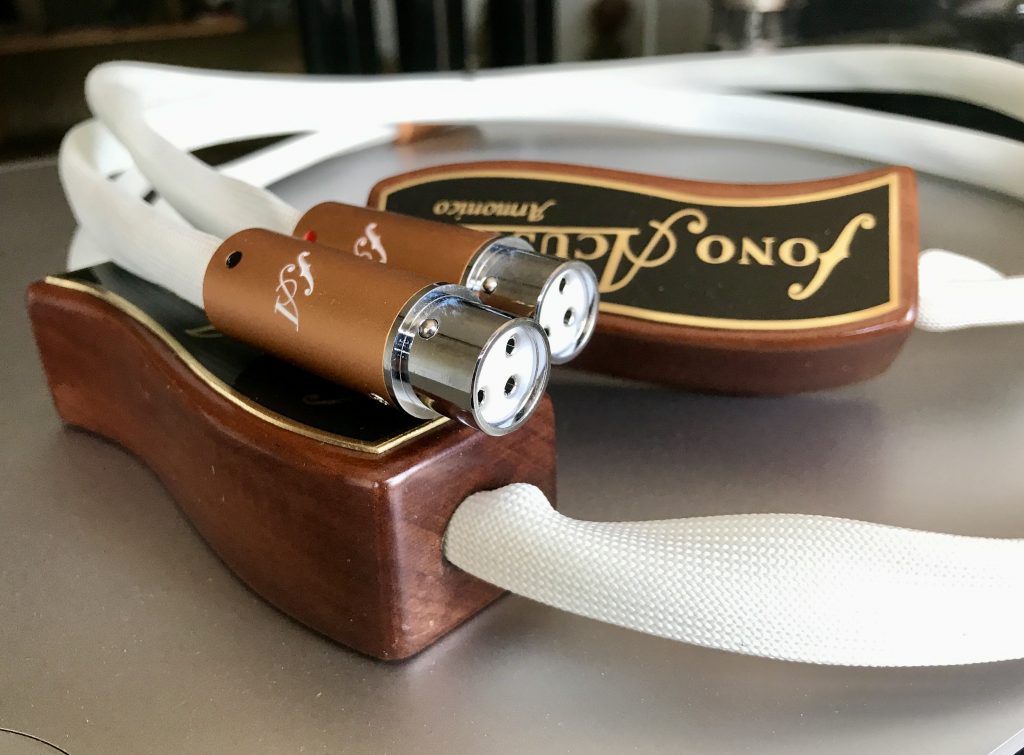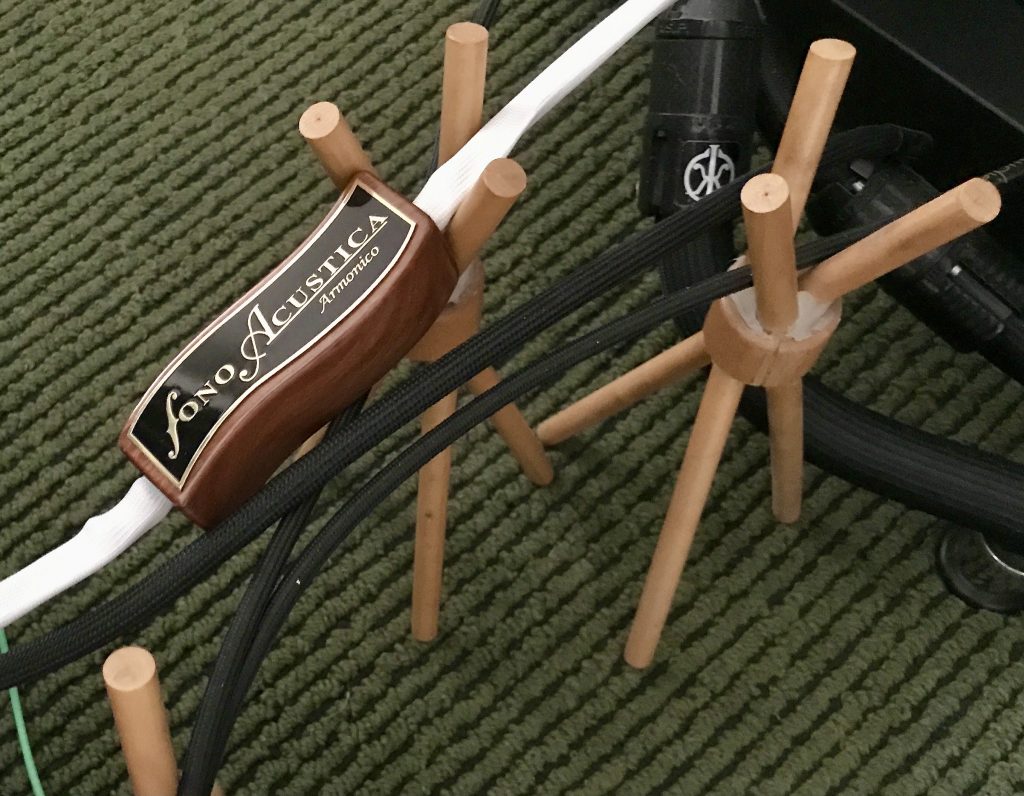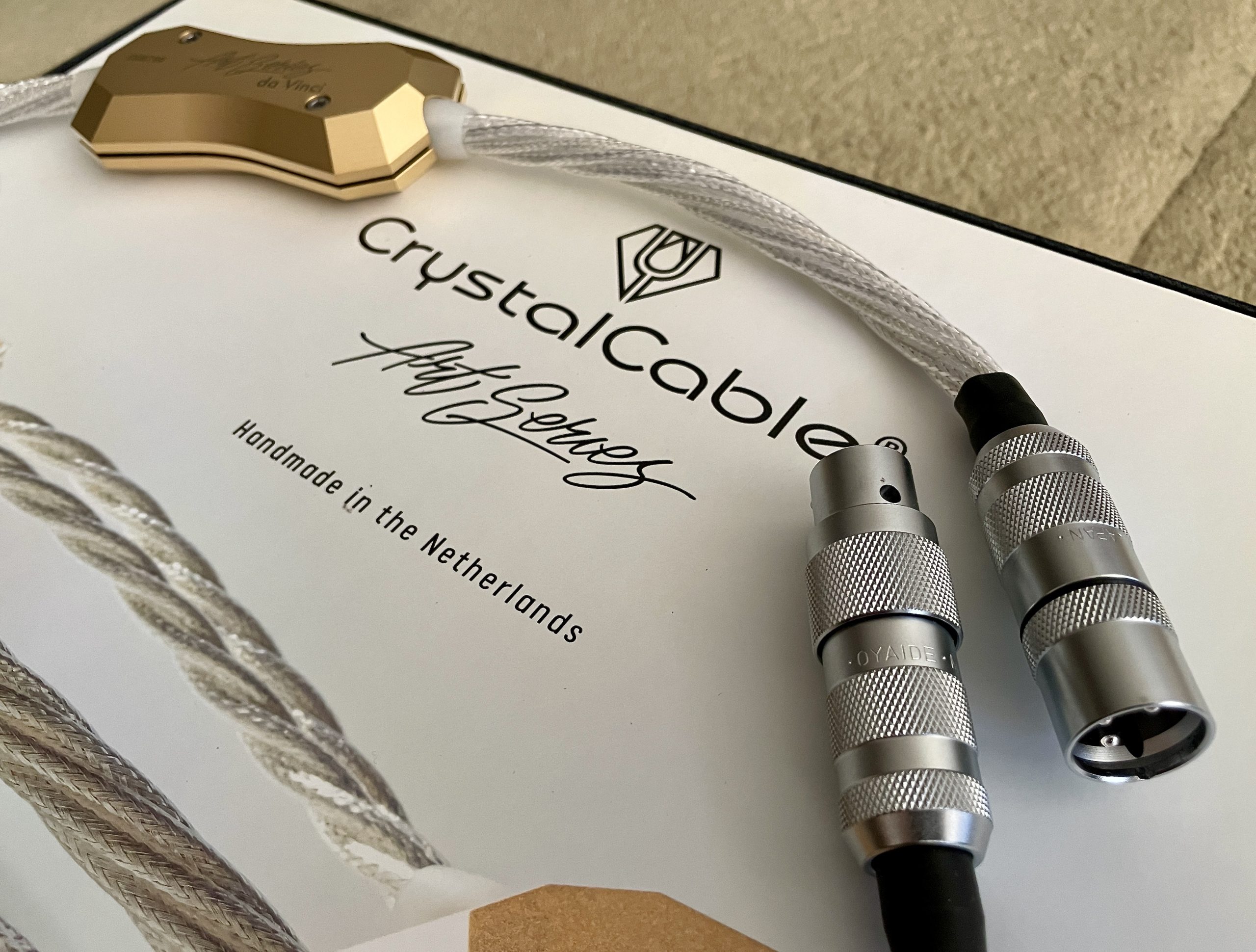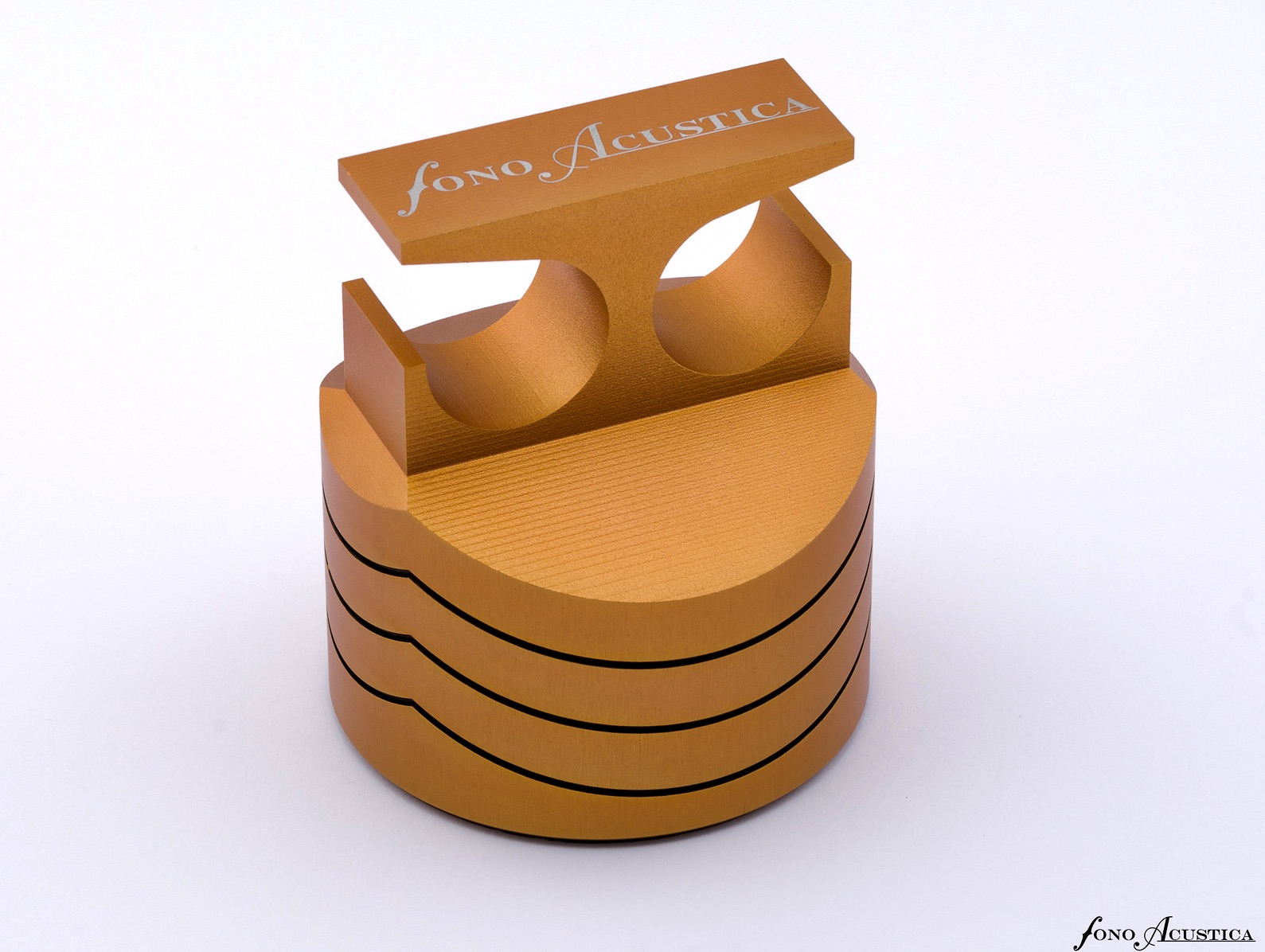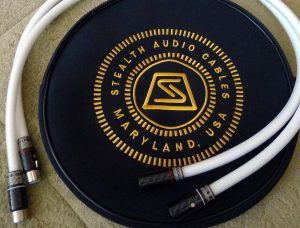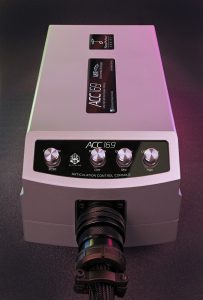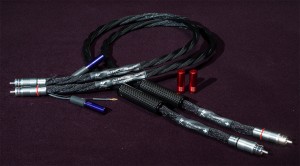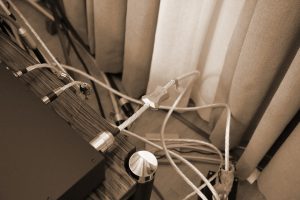Hecho a Mano
When I first visited the Fono Acustica site, my attention was drawn to the repeated use of the words artisanal and hand-crafted. These are loaded words to the contemporary ear. As we move from the first machine age into the age of intelligent machines, they stimulate nostalgia for a bygone time when workers were valued over the machine, hand fabrication over the production line. The cachet associated with hecho a mano is especially potent in the domain of very high-end brands, where it implies esoteric materials and painstaking, time-consuming assembly by expert personnel, often with a premium price sticker attached.
The Fono Acustica team is quite serious about this old world approach and committed to these values. In their shop, product development utilizes science and measurement as one tool among many, but the ultimate appraisal is by the human ear (trained ears, naturally). A statement from Felix Avalos, the proprietor of Fono Acustica, conveys the ethos behind the brand: "A harmony of Music… Art… Emotion."
The Importance of a Vital Midrange
Why does it seem as if every product I've reviewed recently that improved the sound worked on the midrange? It began with the Audience frontRow wires I wrote about recently, a cable I consider to be midrange dominant. It continued with the Marigo Isothermal Platforms, followed by the audiodharma Cable Cooker (reviews coming soon). At the start, I thought my midrange adequate, not a problem area, but each of these beefed it up and resulted in better sound. It made me think of my rig as a proving ground for the time-tested maxim, music lives in the midrange. And now along comes the Armónico interconnect from Fono Acustica (MSRP $6900/m).
The Sound Room
As a point of reference, let me first describe the sound of the Audience frontRow cables I have in place right now. The frontRow suite caught me off guard for the manner in which they step aside, as transparent to the source as any cable I've encountered. I might be on the couch in the sweet spot, but virtually, I'm elsewhere. They transport me to whatever space the engineering team encoded in the recording, and it varied widely. Very often I felt like I was sitting with the post-production engineer in the recording studio. The frontRow fulfill the implicit goal of every high-end product under review—fidelity to the source.
With the Armónico you're never in a recording studio. The cable locates you in an acoustic space, a warm, midrange dominant, reverberant, nice sounding space. Conceivably that's where the performance took place—who knows? Instruments sound attractive in this space and you are quickly drawn in.
Fear of Color
Experience has taught me these qualities can be the hallmarks of a coloration. But wait! Before you jump to the wrong conclusions, let's talk. Understand that every material, cable, or component imparts coloration. There is no such thing as absolute neutral. (And, if there was, you wouldn't want to listen to it, because color is a natural—and valuable—quality of good music.) When critics describe a live performance as colorful, it's usually an accolade, unless it is excessive or used in the wrong context. I don't want to hear Bach played with too much vibrato because it is not Romantic Era music.
An issue arises when it is laid on too thick. In audio, a heavy-handed coloration causes great harm. It stomps on differences and gives everything the same sonics. You might as well be listening to a table radio.
The Armónico did no such thing. Apart from projecting a warm, acoustic space, everything else about the recording varied with the source. Stage dimensions, particularly depth, was variable. Sometimes the tonal palette was darkish, other times light. With a good recording, there was a ton of micro-level detail, but often not. Even the degree of warmth and intimacy with the performers was another variable.
Resolution
I put on Franz Liszt's Tasso, with Martin Haselbrock and the Orchester Wiener Akademie (NCA 60254). The presentation spread out between the speakers and allowed me a clear view deep into the corners, nothing was left ambiguous. Images were stable (but not tightly held), with a goodly amount of flesh and density. The playing was crisp and dynamic. Haselbrock gets going, building tension and keeping the musical line moving forward so you want to stick with him to see how it resolves. A couple of times I noticed peculiar tones emanating from the winds. It turns out they were playing "period appropriate" mid-19th century instruments. The Armónico was excellent at revealing this kind of musical insight in a natural way. This is Volume 4 in an award-winning Liszt series; it left me wanting to hear more.
Contrast this with Leon Botstein and the London Symphony Orchestra's rendition of Tasso (TELARC SACD 60613). Granted, it has many audiophile qualities: big sound, lots of bottom-end, highly dimensional, and powerful dynamics. Beyond that, the ensemble played with excellent intonation. But the heavy bottom was thick to the point of congestion and allowed no entry (the opposite of transparent). Transients had no edge to them. The music unfolded in a plodding manner and was going nowhere. Botstein soon had me counting sheep.
These two recordings couldn't be more different in sound and performance, and the Armónico told me all about it.
Timbral Splendor
How to account for the Armónico's extremely developed and extremely convincing timbres? As I've noted often, I'm a tough customer when it comes to timbre. Again, for comparison, let's reference back to the Audience frontRow. I found that it passed this difficult test:
…the Audience frontRow interconnect and speaker cable met the requirements for uniqueness and beauty. It's as if your box of 24 color crayons was swapped for one with 64 sticks.
Well, the Armónico slices and dices those sticks in half or thirds, greatly multiplying the shades in the palette, and hence the accuracy of instrument portraits. I can't recall having heard the timbral envelope more convincingly rendered.
This isn't a cable that will impress you to say, "Man, that's a wall of detail." Yet you quickly ascertain there is new information, unearthed bits and bytes have gleaned onto the instruments. But it's not the usual thing; this is detail of a musical sort, whose first impact is to cause the images to start dancing about in a manner that conforms to how they act in real life. Some call this the action, or fluid dynamic behavior, of instruments.
As Lynn said, "It's definitely on the musical side of the spectrum, as opposed to the analytical."
Cosmetics and Design
When I opened the box within the shipping box and hoisted the Armónico XLR Interconnect, I was surprised at how light-weight and flexible they were (avoid sharp turns). The cable has a large diameter, oval shape, with an oversized, loosely fitting white fabric covering. I was again surprised when I pressed the soft, squishy outer covering with very little force and it easily deforms until you detect the solid-core conductors within. Fono Acustica opted to not use a stiff outer tube. Oversize is beneficial because it minimizes the contact area between the conductors and the dielectric (a good way to limit static and RFI transfer). But why the soft outer covering? When I inquired about this, Felix said the soft fabric sleeve allows for better air flow and thus better air dielectric. Clearly, original thought processes are at work here.
The following (lightly edited) tech description was collated from email exchanges with Felix:
The Armónico uses thermo-treated precious-metal conductors [pure silver and gold] blended in proprietary ratios in a special geometry that must be formed by hand. Teflon and air insulated dielectrics provide ultra-effective shielding. Large vibration-isolating tubing, supplemented with an external anti-resonant African hardwood block [with the logo and near the load end] reduce structural and airborne vibrations. The RCA & XLR terminations are our own and feature silver connectors and a unique end-shielding to block RFI.
The Armónico line was the first to come to market when the company launched over 10 years ago. Since then, there have been two improvements: the connectors and insulation material. The solid core conductor is still the same. In Armónico, we have created a refined IC that is faithful to the source in realism, and faithful to the listener in the communication of musical emotion.
Conclusion
The audiophile's dilemma: finding products that satisfy the twin masters of resolution and musicality. Well, here we have a product that lets you have your cake and eat it, too. Does the Fono Acustica Armónico interconnect meet the core requirement to reveal differences in the source? Check. Is it musical? It is hands down the most musical cable I've encountered.
Warm, midrange dominant, reverberant, the Armónico creates a nice sounding space. Instruments projected on this stage displayed a remarkable variety of timbral color, an expanded palette of hues well beyond most cables. And they did a little dance. When instruments play in different parts of their register, or at varying volume levels, the image changes shape and quality. Some call this the action, or fluid dynamic behavior, of instruments. The Armónico was very strong in this regard, a closer mimic than most for the real-life behavior of these instruments.
I spend at least as much time comparing musical performances as I do evaluating components or wires. The Armónico aided in these evaluations and proved a valuable tool, giving me fresh insight and making my task easier.
The important point is the Armónico quickly draws you in by facilitating communication with the performance. The system became more entertaining and never less than satisfying. Even factoring in the possible issue of coloration, the Fono Acustica Armónico is one of the best cables I've heard for the human connection—never forget, music is made by humans, for humans. Definitely recommended for the music lovers among us. You know who you are.
Armónico XLR Interconnect
Retail: $6900/m
Fono Acustica




